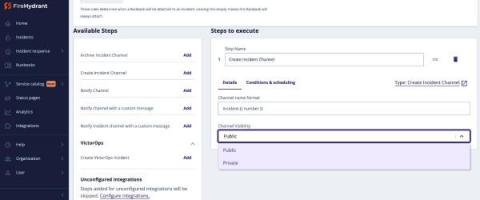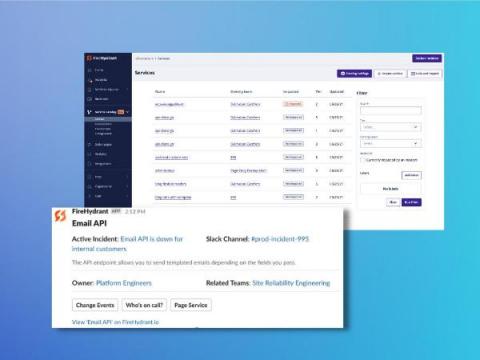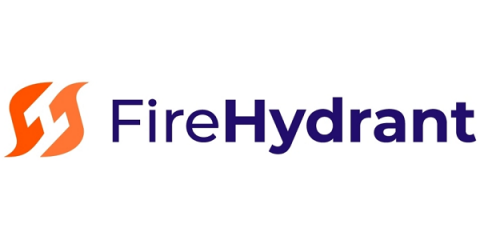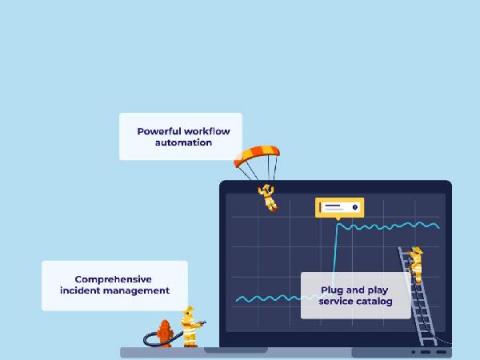Avoid frostbite: Stop doing code freezes
As the holiday season aggressively approaches I want to perform a public service announcement for everyone toying with the idea of a code freeze for the holidays: please don't. It’s getting cold outside and the season of peppermint mochas is upon us, which might get you thinking about putting a code freeze in place for the holidays. A Word of warning: instituting a code freeze may have unintended consequences.










